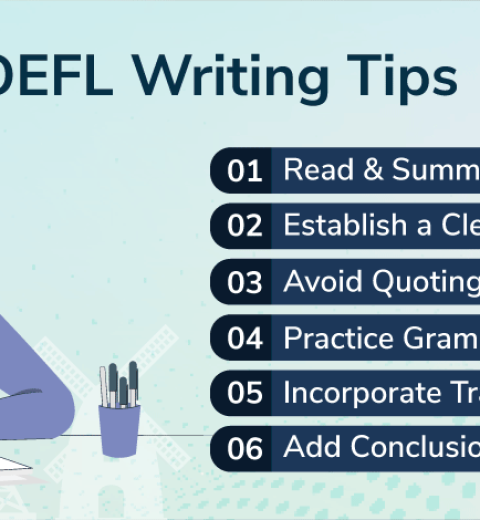The TOEFL Reading section is your gateway to demonstrating your comprehension of academic-level English text. It’s the first hurdle you’ll encounter in the TOEFL iBT, and acing it requires a strong understanding of the format, question types, and effective strategies.
What to Expect:
- Two Passages: You’ll be presented with two reading passages, each roughly 700 words long, drawn from academic disciplines like history, social sciences, or natural sciences.
- Focus on Comprehension: Don’t worry if you’re not an expert in the passage topic. All the information needed to answer the questions will be within the text itself.
- 10 Questions per Passage: Each passage is followed by 10 multiple-choice questions designed to assess your understanding of the main ideas, supporting details, vocabulary in context, and the author’s purpose.
Common Question Types:
- Factual Recall: These questions test your ability to identify specific details mentioned in the passage.
- Inference: Go beyond the text to make logical deductions based on the information presented.
- Vocabulary in Context: Understand the meaning of unfamiliar words based on the surrounding context.
- Main Idea and Supporting Details: Grasp the central theme of the passage and how specific details support it.
- Author’s Purpose and Tone: Determine the author’s intent in writing the passage and their overall perspective.
Conquering the TOEFL Reading:
- Sharpen Your Reading Skills: Regularly read academic articles and news sources to build your reading stamina and vocabulary in an academic context.
- Skimming and Scanning Techniques: Practice skimming for the main idea and scanning for specific information to save time during the test.
- Active Reading Strategies: Annotate the passage (underlining key points, taking notes) to engage with the text and enhance comprehension.
- Practice with Sample Questions: Familiarize yourself with different question types and develop strategies for tackling them effectively.
- Manage Your Time: Allocate sufficient time for each passage and question, leaving room for a quick review at the end.
Additional Tips:
- Don’t get bogged down on unknown vocabulary. Focus on understanding the overall context and use surrounding information to make educated guesses.
- Process of Elimination: Narrow down answer choices by eliminating those demonstrably incorrect based on the passage.
- Don’t be afraid to revisit the passage. Refer back to the text if needed to verify your answer choices.




